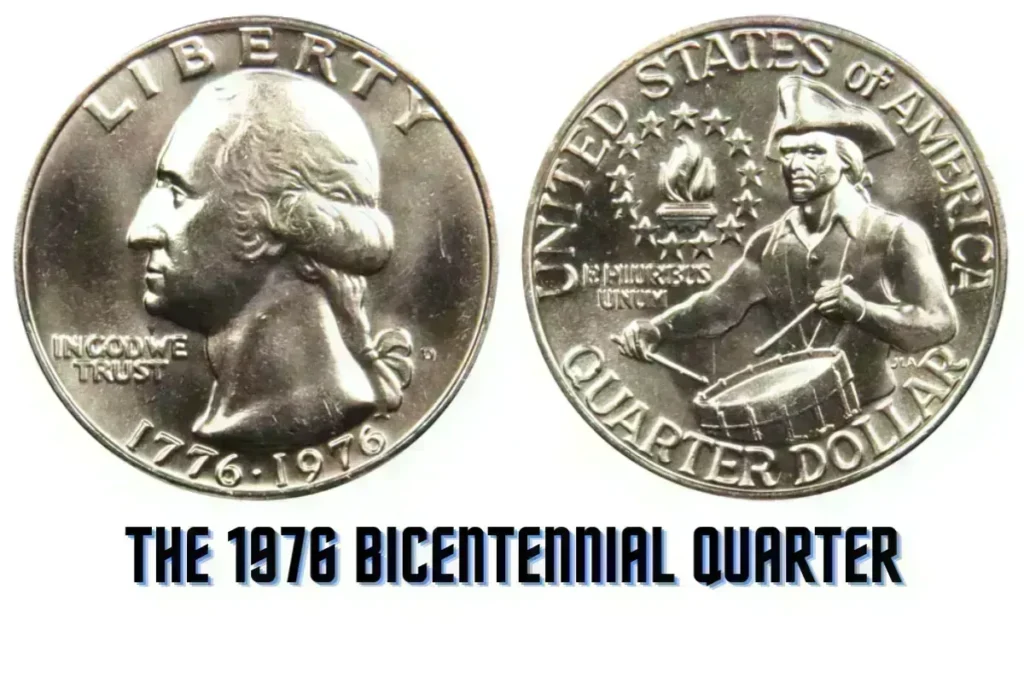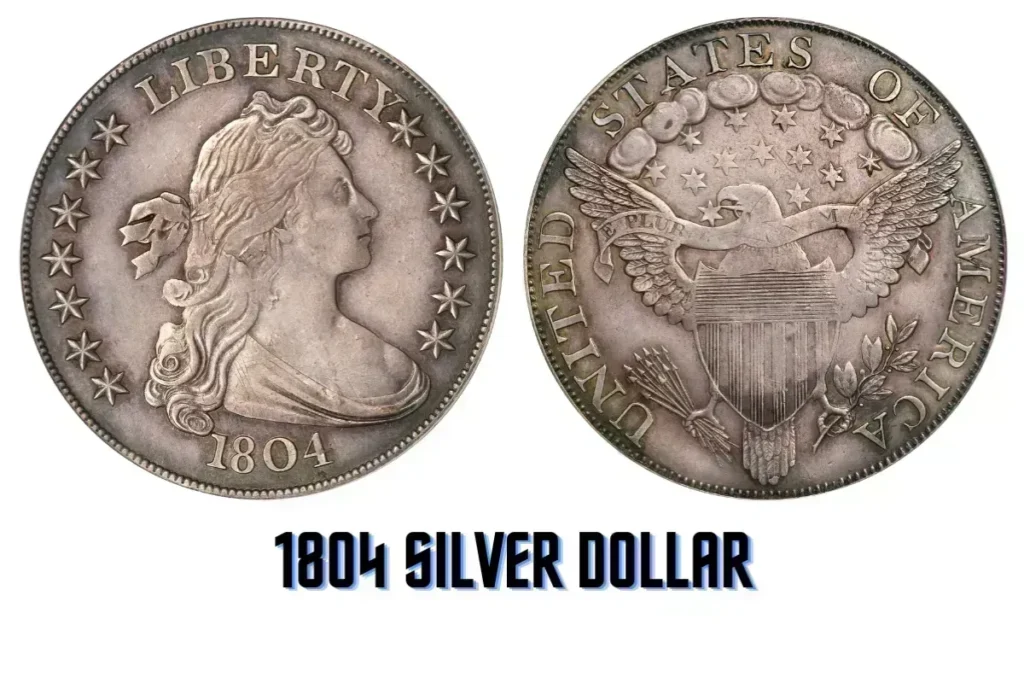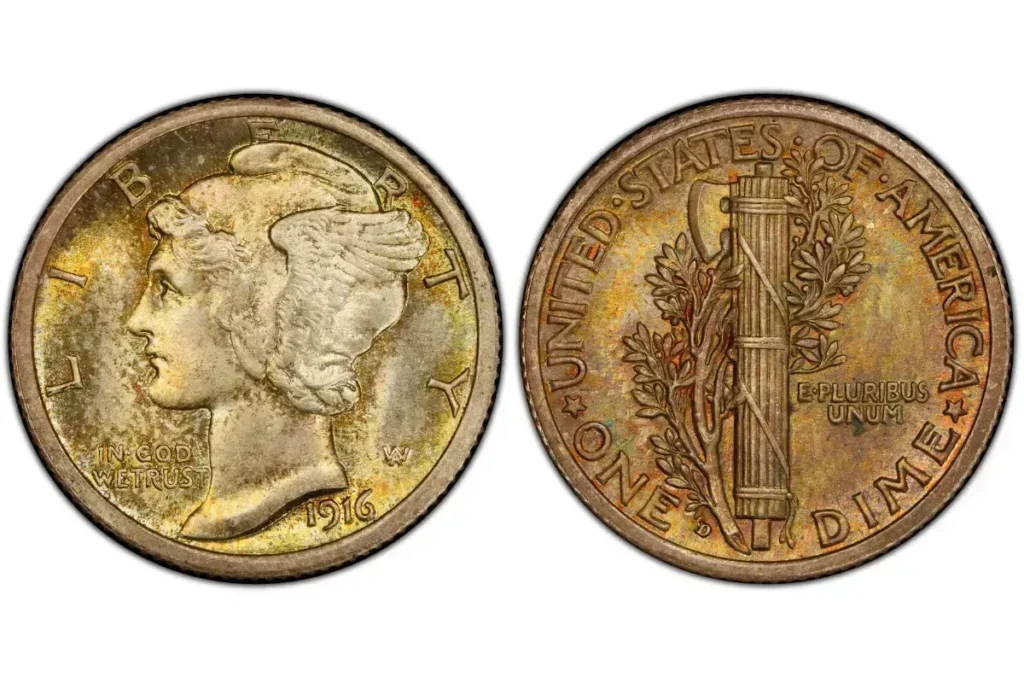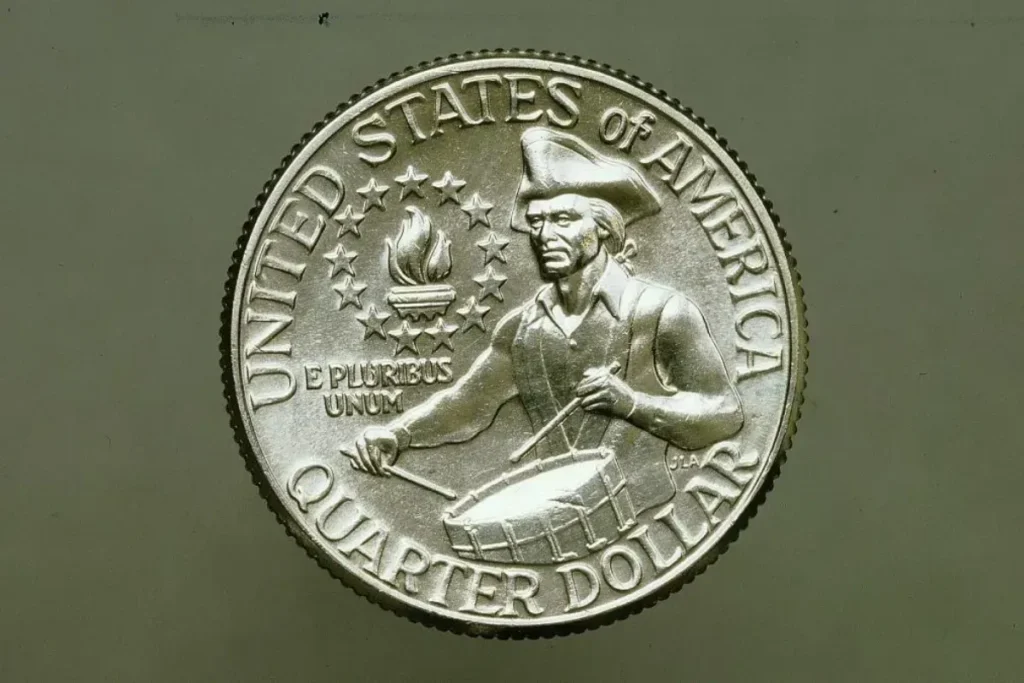In 1976, the U.S. Mint released Bicentennial quarters to celebrate America’s 200th birthday. These coins stand out because they feature a colonial drummer on the reverse side instead of the usual eagle.
While most Bicentennial quarters are common and not worth much, some rare versions can be extremely valuable, fetching millions of dollars at auction.
This article explores what makes these quarters valuable, highlights other rare quarters worth over $750,000, and provides tips on how to identify valuable coins.
What Makes a Bicentennial Quarter Valuable?

The value of a Bicentennial quarter depends on several key factors:
- Rare Errors: Some quarters were mistakenly struck on 40% silver planchets rather than the usual copper-nickel. These error coins are exceptionally rare and valuable.
- Unique Mint Marks: Certain mint marks, like “CC” for Carson City, indicate limited production and can increase a coin’s value.
- Uncirculated Condition: Coins that are in pristine, uncirculated condition are worth more than those that are heavily worn.
For example, a 1976 Bicentennial quarter with unique features or errors can be worth a fortune. The most valuable one ever sold went for nearly $28 million, making it a significant find for collectors.
Valuable Quarters Worth Over $750,000
Several U.S. quarters minted before 1965 are particularly valuable. Here are some of the most sought-after:
1804 Draped Bust Quarter:

One of the rarest U.S. coins, with only six known to exist.
1823/2 Capped Bust Quarter:
Known for its overdate error, making it highly prized.
1916 Standing Liberty Quarter:

A rare first-year issue with only 52,000 minted.
1870-CC Liberty Seated Quarter:
Scarce due to its limited production at the Carson City mint.
1796 Draped Bust Quarter:

One of the earliest quarters minted, highly desired by serious collectors.
How to Identify Valuable Quarters
To spot valuable quarters, pay attention to these details:
- Mint Marks: Look for special mint marks like “CC” which indicate a coin’s rarity.
- Errors: Check for misstrikes, double dies, or incorrect metal content.
- Condition: Uncirculated or high-grade coins are more valuable than those showing signs of heavy use.
The world of coin collecting can be both fascinating and lucrative. While most Bicentennial quarters are common, certain rare versions with unique errors or special features can be incredibly valuable. Additionally, pre-1965
quarters with historical significance or production errors can fetch impressive sums. If you’re a collector or simply curious, knowing how to identify valuable coins can help you find treasures that might be hiding in your pocket change.
1. What makes a Bicentennial quarter rare?
Rare Bicentennial quarters often have unique errors, such as being struck on incorrect metal planchets, or are in uncirculated condition.
2. How much is the most valuable Bicentennial quarter worth?
The most valuable Bicentennial quarter sold for nearly $28 million.
3. What are some valuable quarters worth over $750,000?
Valuable quarters include the 1804 Draped Bust Quarter, 1823/2 Capped Bust Quarter, 1916 Standing Liberty Quarter, 1870-CC Liberty Seated Quarter, and 1796 Draped Bust Quarter.
4. How can I tell if my quarter is valuable?
Look for rare mint marks, errors like misstrikes or double dies, and check if the coin is in uncirculated or high-grade condition.
5. Where can I get my quarters appraised?
You can get your quarters appraised by visiting a professional coin dealer or numismatic expert.













